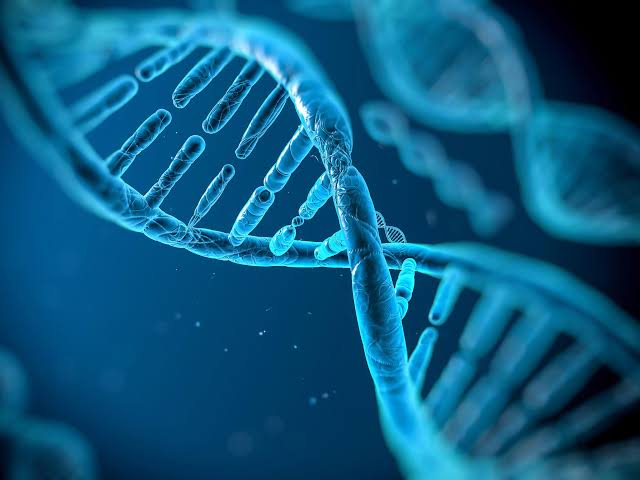Humans Share DNA with Wide Range of Animals – Study

By Abbas Nazil
Humans may look vastly different from most animals, but research has continuously revealed that they share a significant amount of genetic material with several species.
This genetic similarity is particularly prominent among primates but extends to a wide range of other animals as well, offering insight into our evolutionary history and biological connections with other living beings.
Among the animals closest to humans genetically are chimpanzees, which share about 99 percent of our DNA.
Studies show that female chimpanzees have a reproductive cycle that resembles that of humans, including reaching maturity during their teenage years and experiencing an eight-month gestation period.
Bonobos, often mistaken for chimpanzees, also share approximately 99 percent of our DNA.
Known for their emotional intelligence and complex social behaviors, bonobos exhibit reactions and emotions similar to those of humans.
Gorillas, the next closest relatives, share around 98 percent of human genes. The genetic closeness suggests a common ancestor and offers scientists a window into understanding human development. Similarly, orangutans share about 97 percent of our DNA.
These intelligent primates have been observed displaying behavioral traits like showing aggression or strength before a confrontation, mirroring some aspects of human behavior.
Gibbons, often referred to as lesser apes, are also part of the human genetic family.
While they are slightly more distantly related than great apes, their vocalizations resemble ancient human music, and their long arms allow them to swing between trees with agility—a trait linked to early primate mobility and adaptation.
Monkeys, with more than 260 species globally, also share considerable genetic material with humans.
The part of their brain responsible for processing thoughts functions similarly to that of humans, suggesting shared neurological traits.
Lemurs, though more distantly related, are still primates and are believed to have evolved from the same ancestral line as humans.
Unfortunately, 70 percent of lemur species are now endangered, mainly due to human activity and habitat loss.
Interestingly, the genetic link extends beyond primates. Domestic cats, for example, share about 90 percent of their genes with humans.
Historically, they played a vital role in human civilization by protecting food supplies from pests.
They continue to communicate with humans through body language and form strong emotional bonds.
Cows are another surprising genetic relative. They share around 80 percent of their genes with humans.
While physiologically different—especially due to their four-chambered stomachs—cows and humans still retain a remarkable degree of genetic overlap, particularly in fundamental biological processes.
Other notable animals include mice, which share about 85 percent of human genes and are frequently used in medical research due to their biological similarities.
Dogs also share around 84 percent of our DNA and have co-evolved with humans over thousands of years, forming deep emotional and social connections.
These genetic links underscore the shared biological heritage among animals and humans, emphasizing the interconnectedness of life on Earth.
As scientific research continues to unravel more of these genetic connections, it reinforces the importance of conservation and ethical responsibility in how humans interact with other species.
